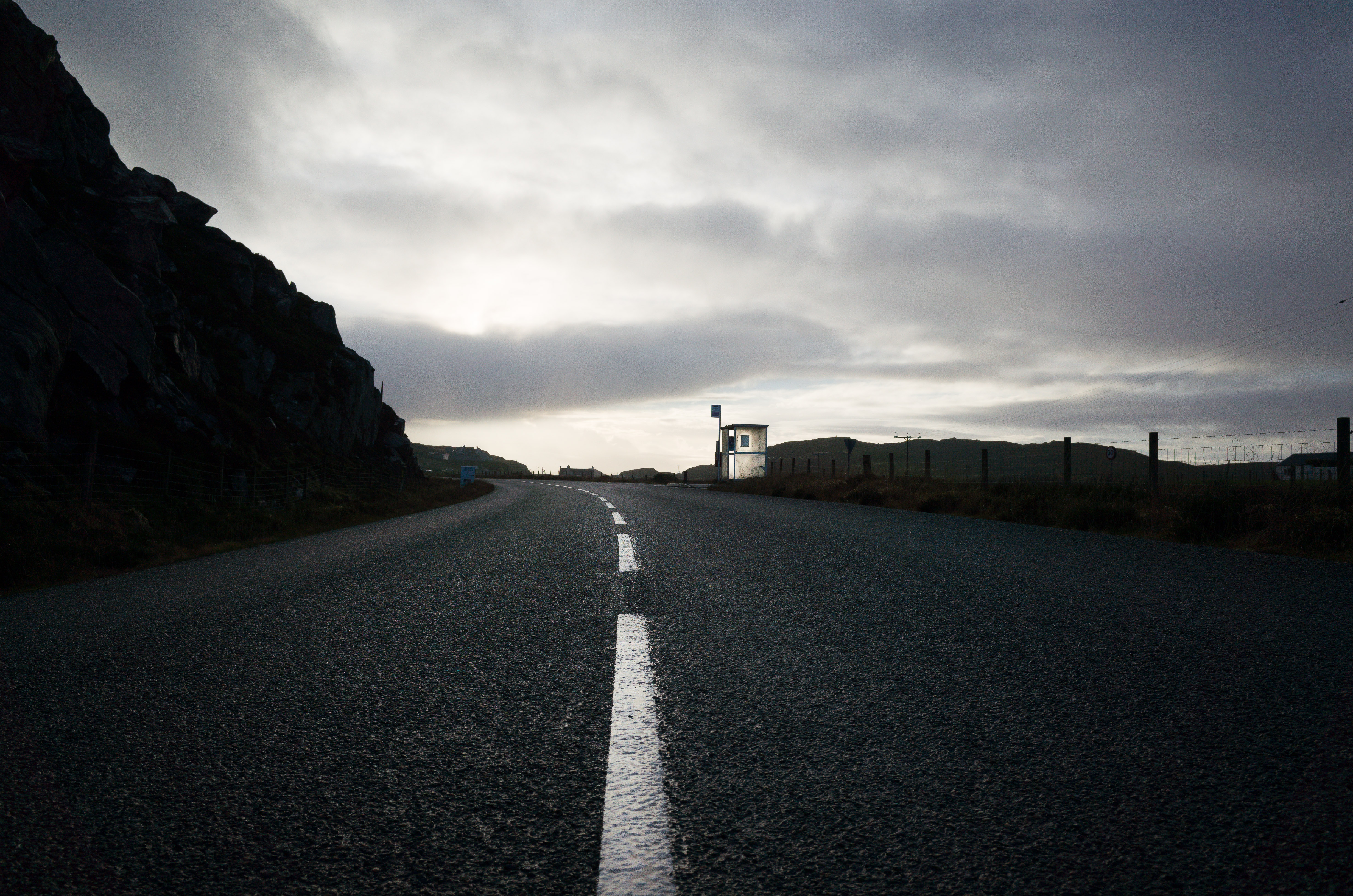

In this article I want to show the beauty of the Hebridean winter light.
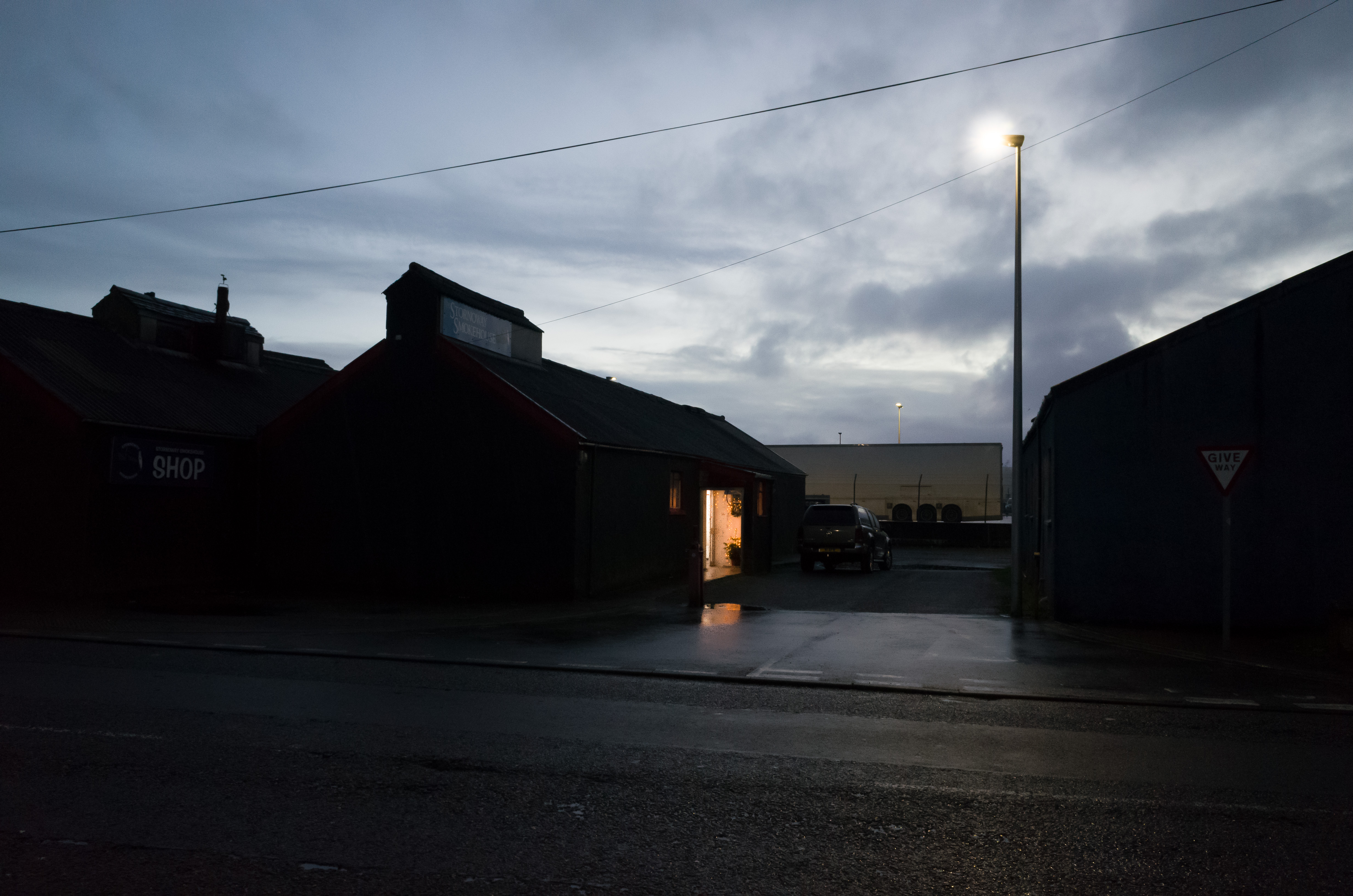
Stornoway Smokehouse
There is something mystical about standing all alone in the heart of the circles of the Standing Stones of
Callanish. Why on Earth did they use the most heavy material
they could find to build the site? My question may be a little naive, but so far I could not find any
answer, except the fact of course, that the Standing Stones of Callanish were built in the Neolithic
period.
It may sound strange, but I firmly believe that just like everything else on earth, a stone has
a soul and is alive. Now imagine all the stories the standing stones could tell us! How could we
communicate with a Menhir?
If
you are interested in more details about the Standing Stones of Callanish I could highly recommend
Gerald Pontings book «Callanish and other megalithic sites of the outer Hebrides».
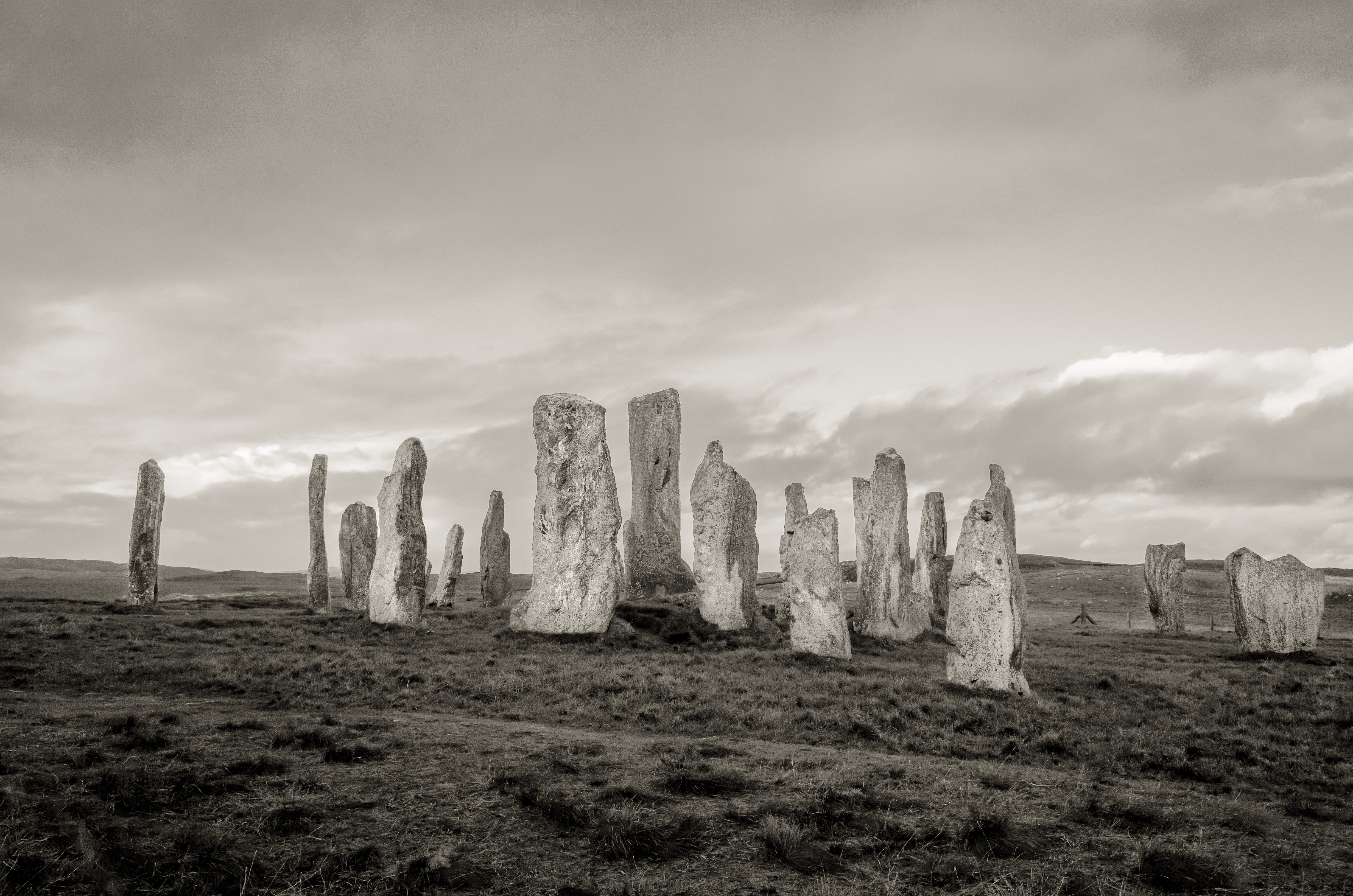
Standing Stones of Callanish
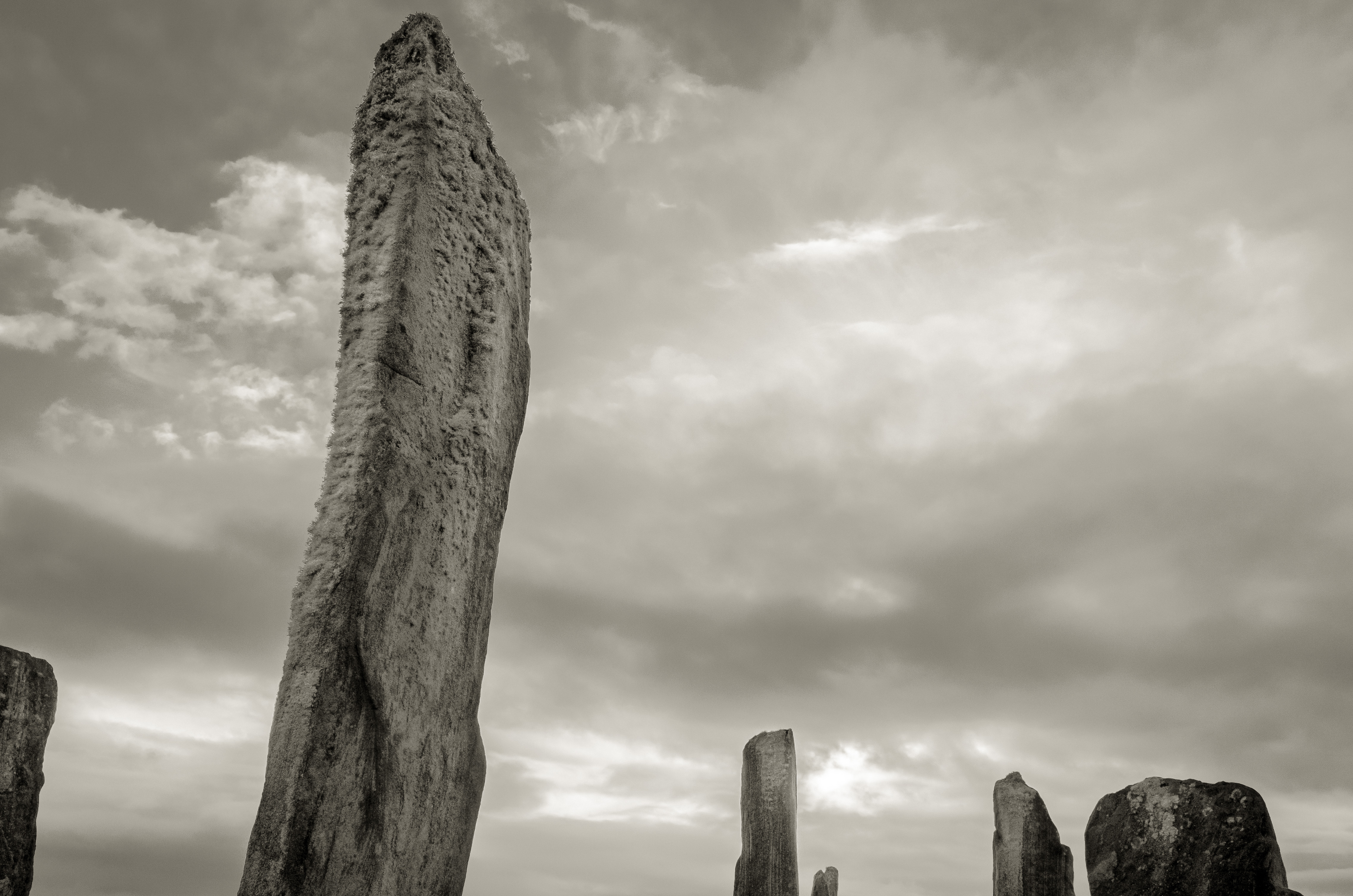
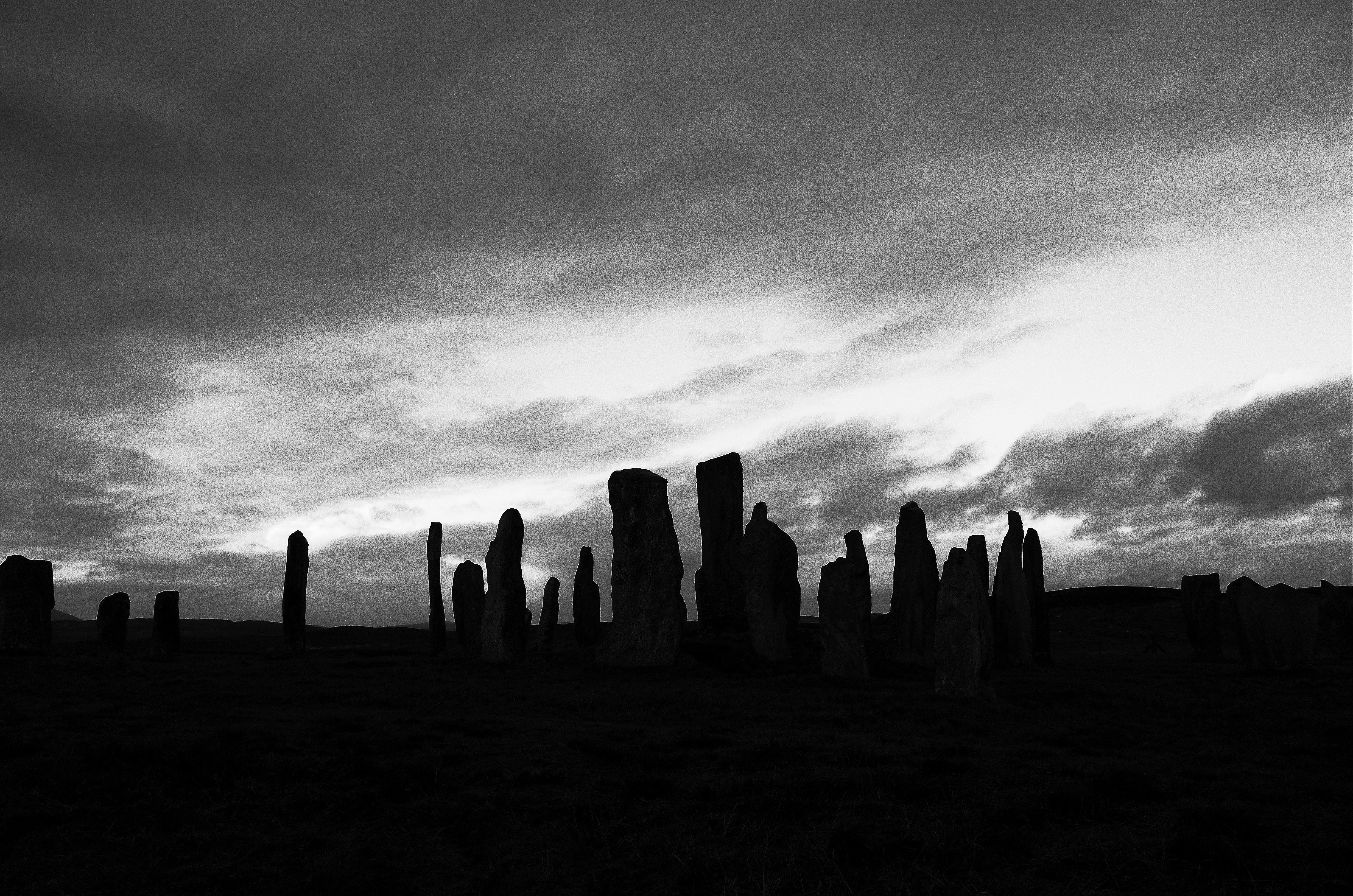
Standing Stones of Callanish. Right: Hi-Contrast B&W (sooc).
In fact I didn't want to photograph the Butt of Lewis Lighthouse primarily, instead I was much more interested in the
late afternoon light «at the end of the world» in general.
Moments after the heavy
rain, glistening sunbeams broke through the dark clouds, the last drops
of water still sparkling in the air.
After a few moments, the magical light disappeared and the
rain returned.
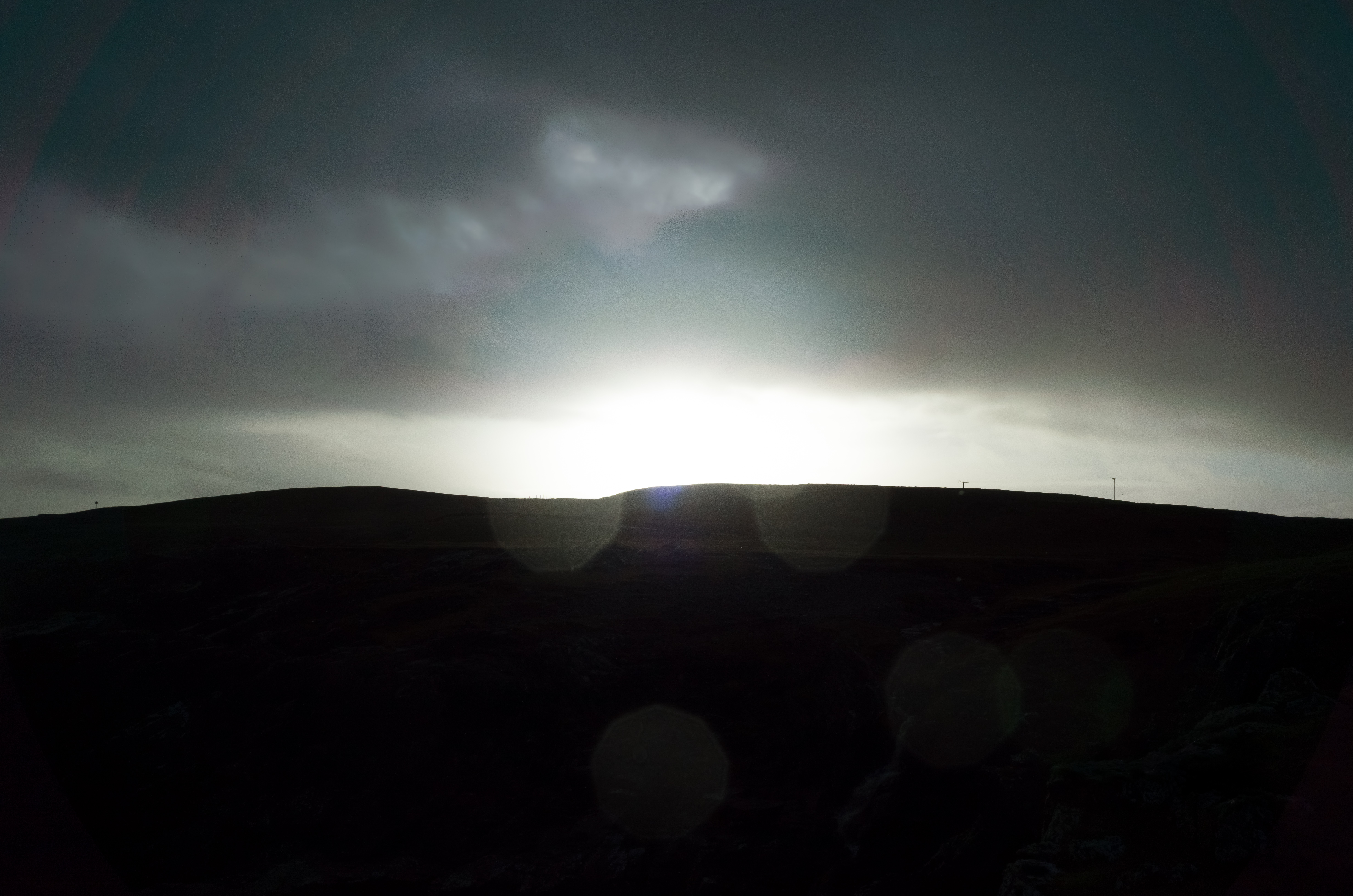
Butt of Lewis, to south-west
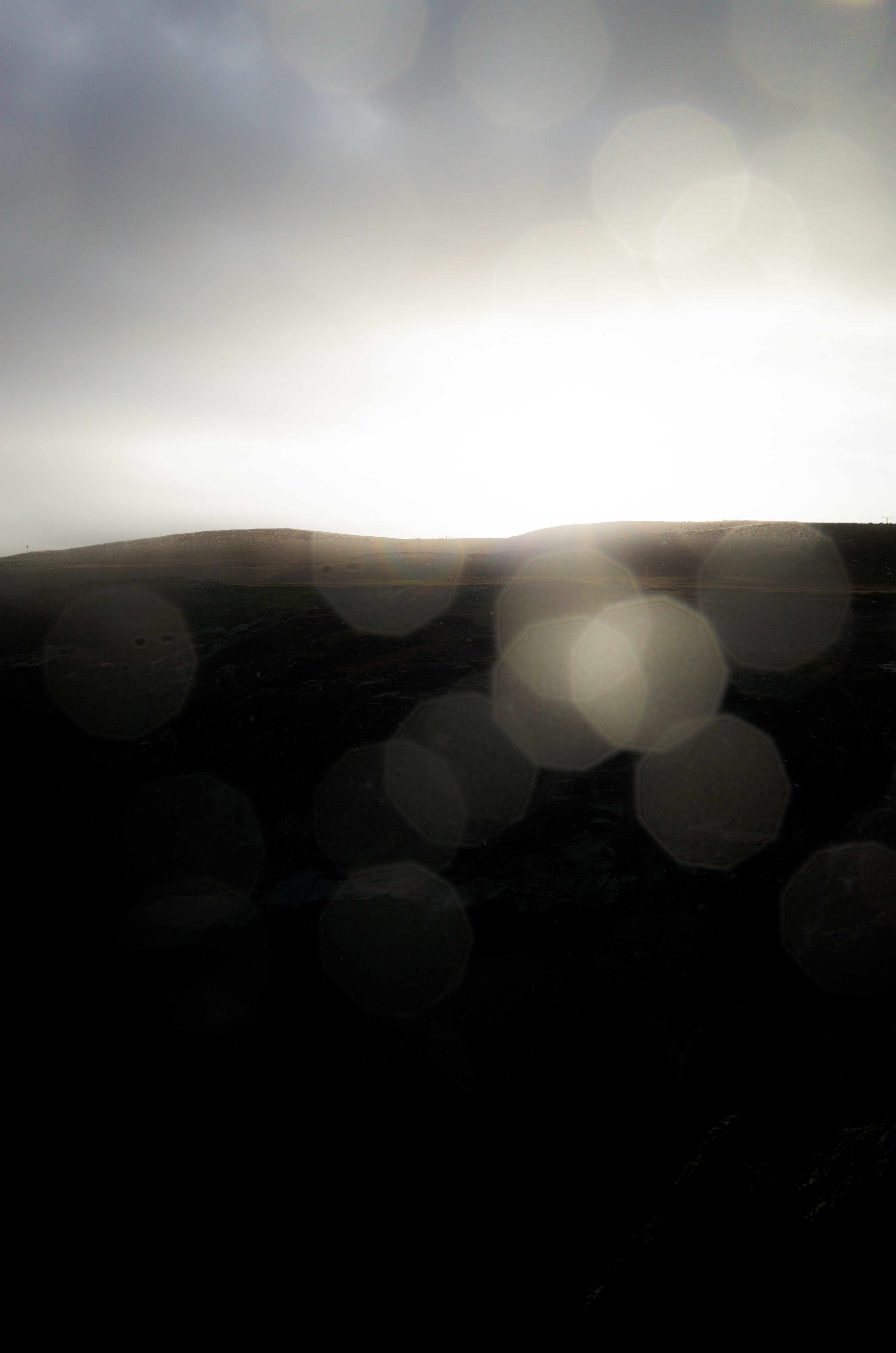
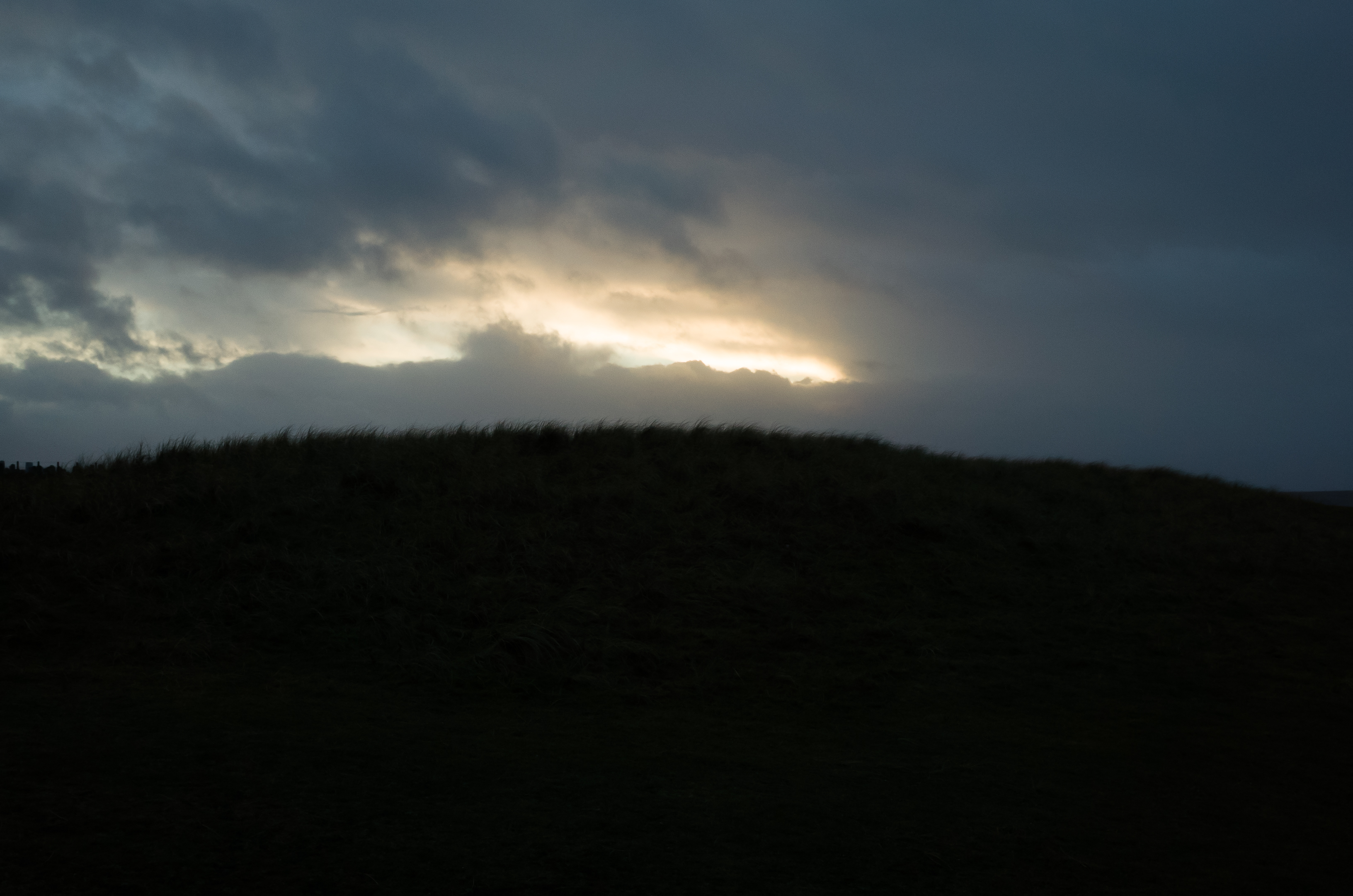
Late afternoon light near Eoropie Beach and Ness Cemetery
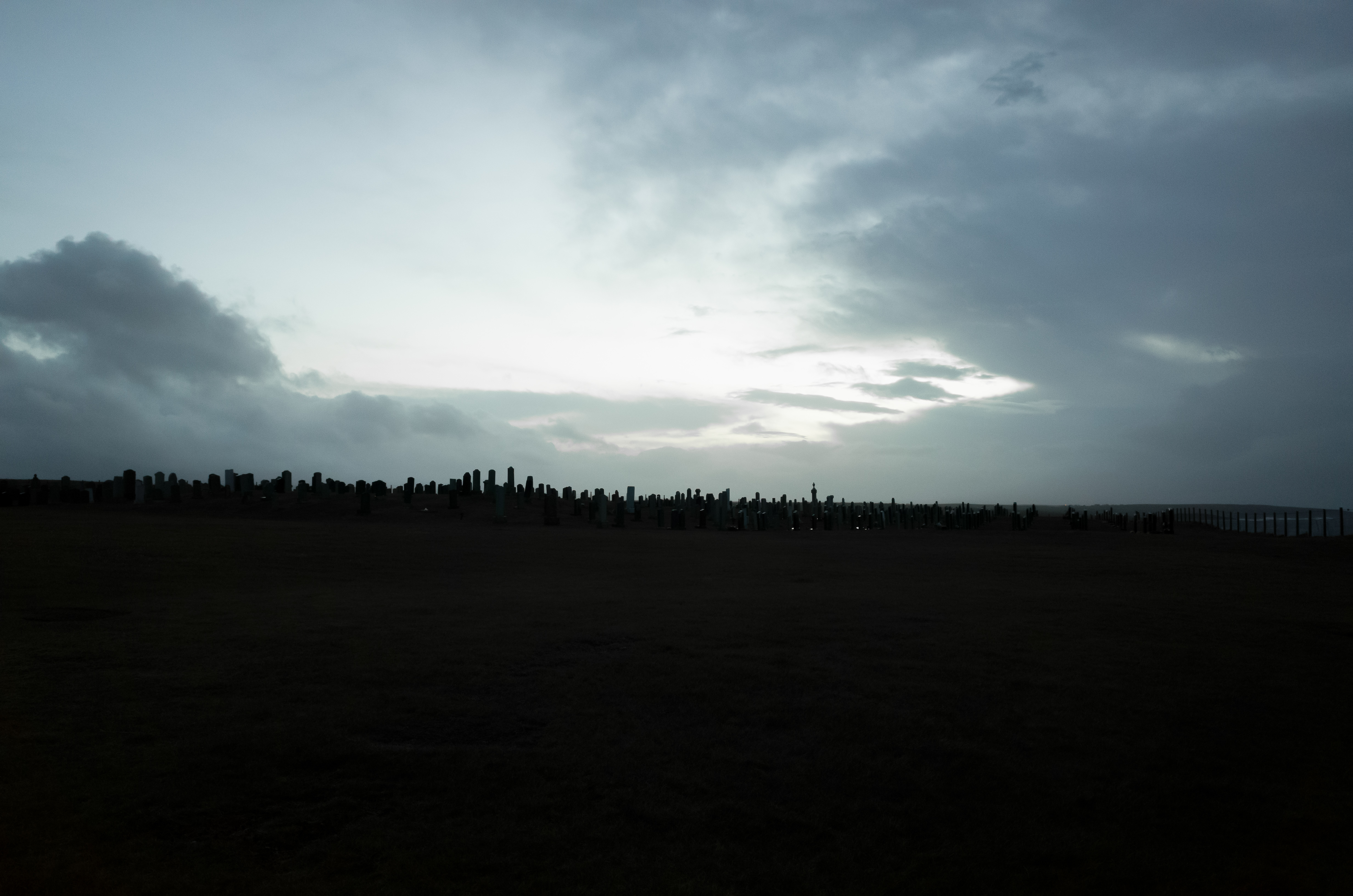
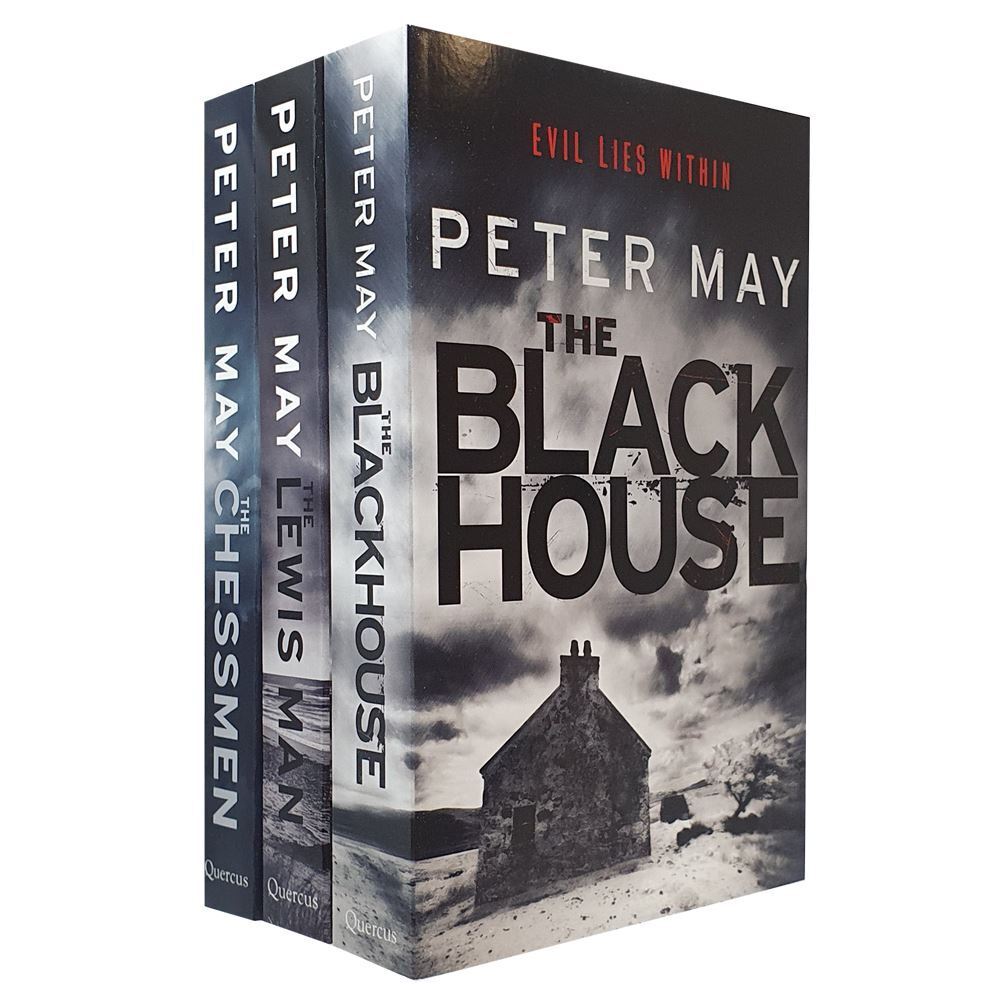
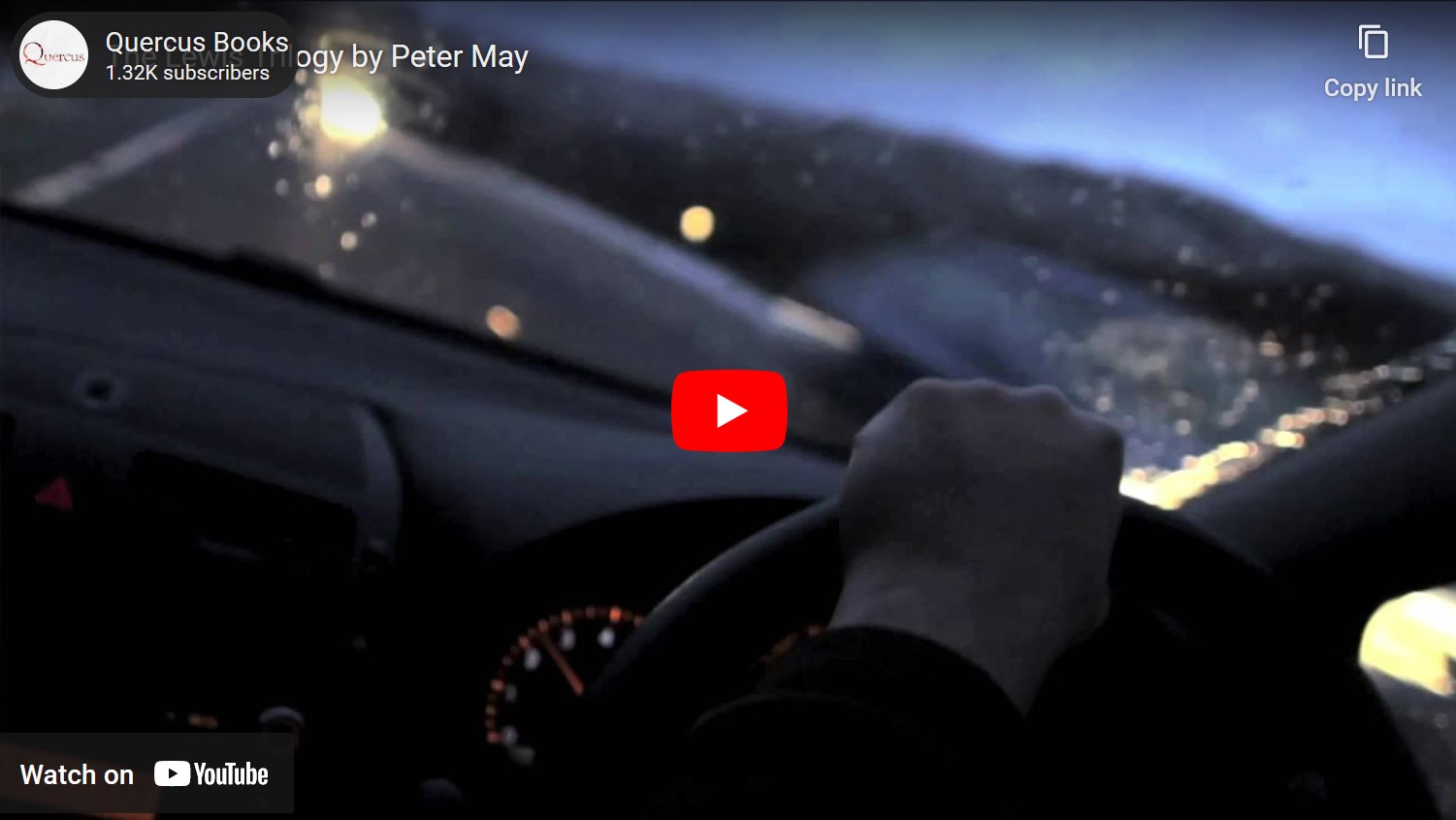
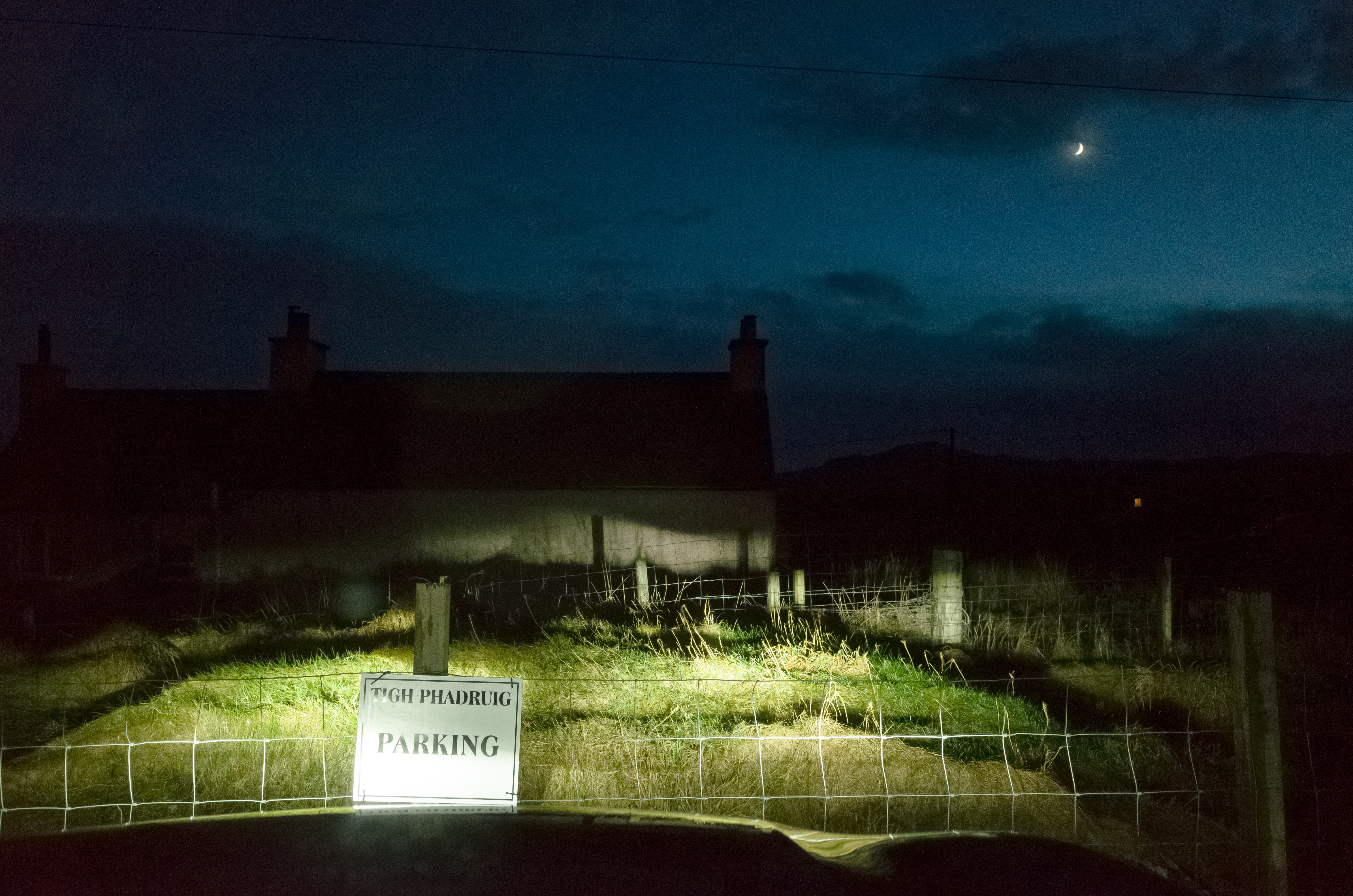
Tigh Phadruig parking
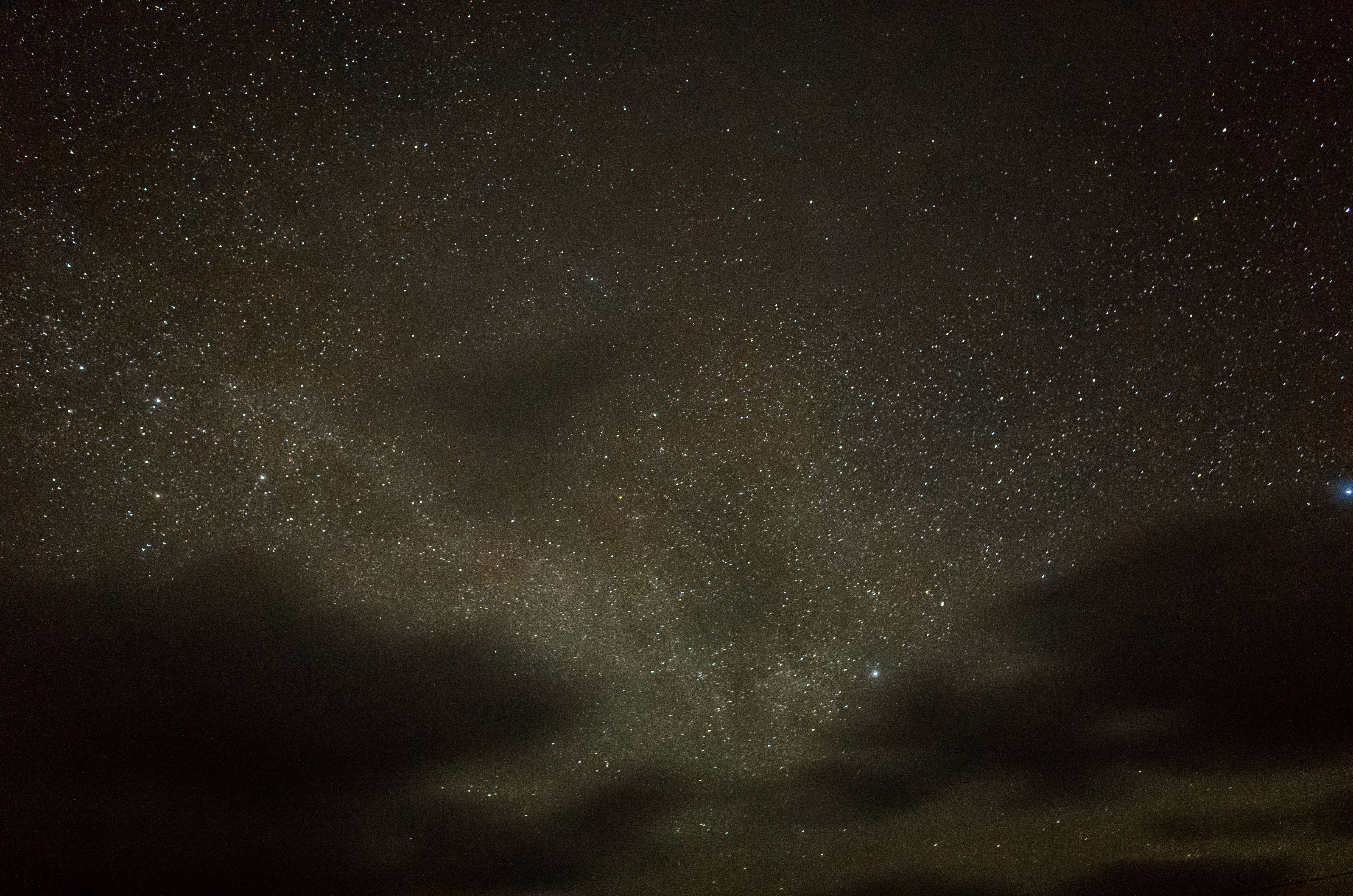

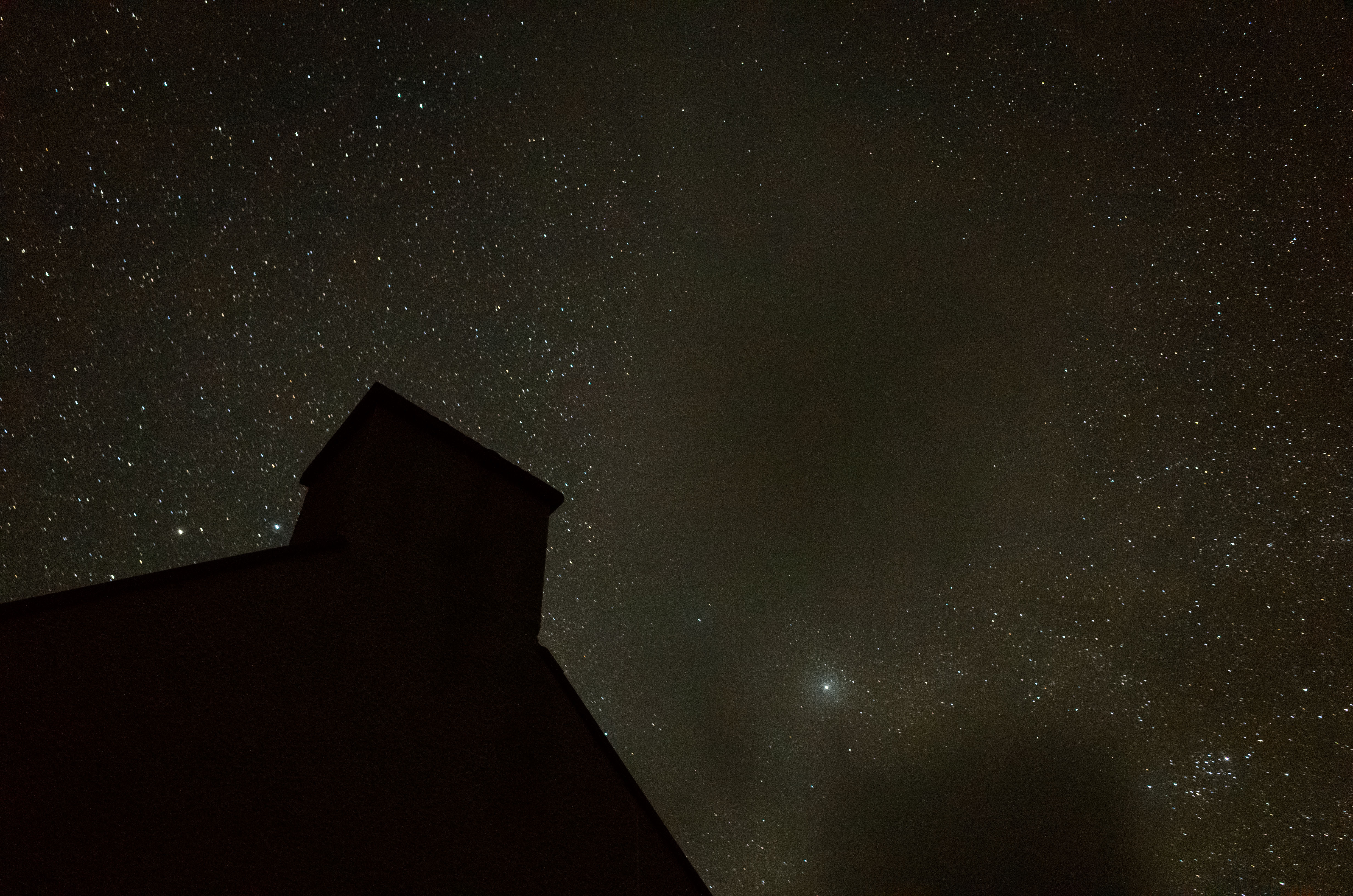
Tigh Phadruig, South Shawbost
Our flight back from Stornoway to Edinburgh was delayed due to «technical issues», so there
was plenty of time to reflect on all the impressions and experiences of the last few days on the Isle of
Lewis. Walking around outside
in the fresh air while I waited, I spotted this bus stop in the car park at Stornoway Airport, leaning
slightly - or was the rest of the world leaning in the Hebridean breeze?
I will be back, for
sure.
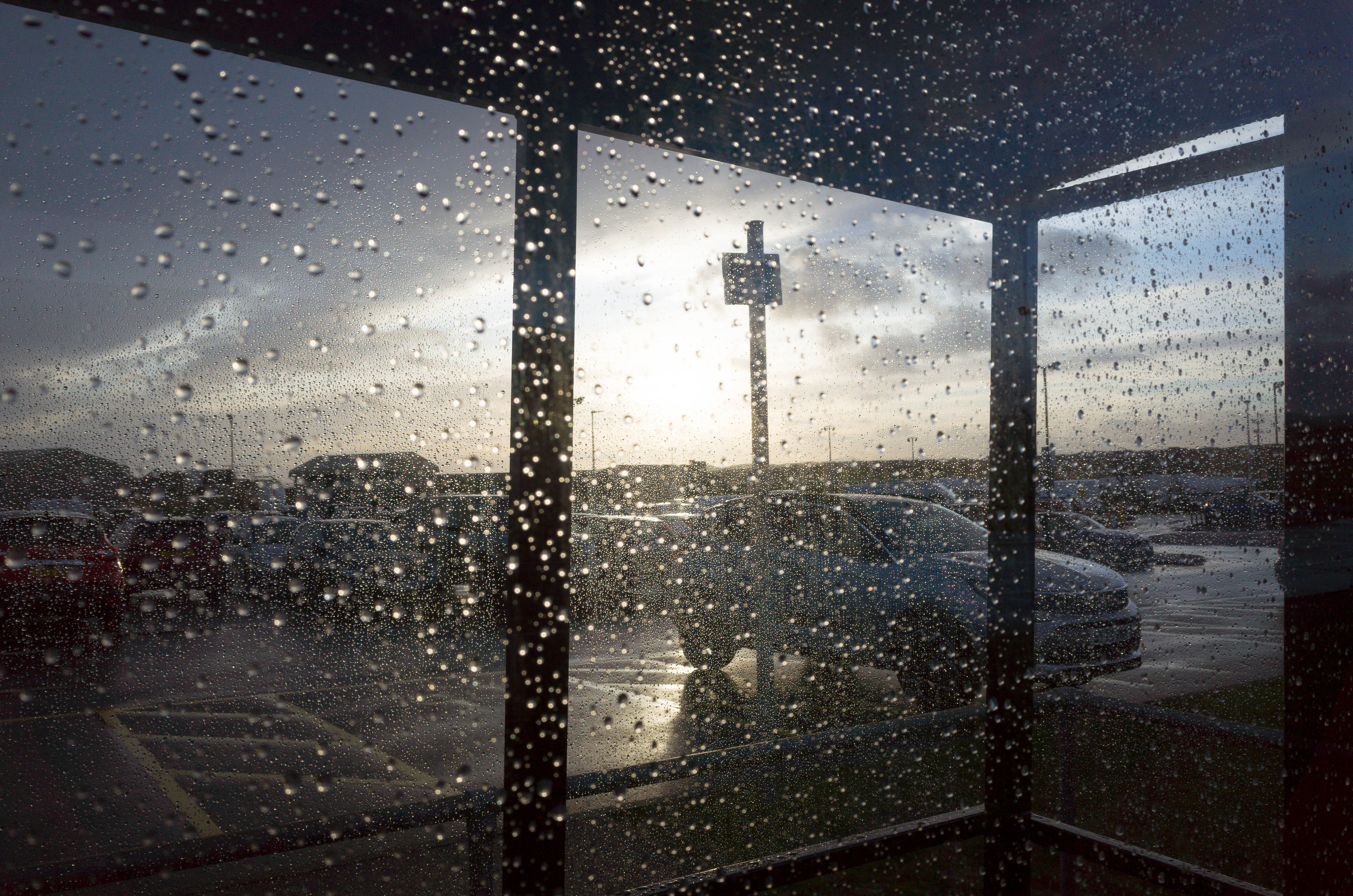
Bus stop, Stornoway Airport